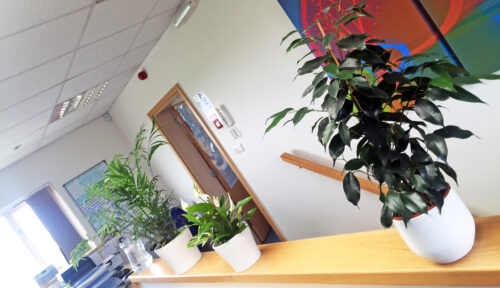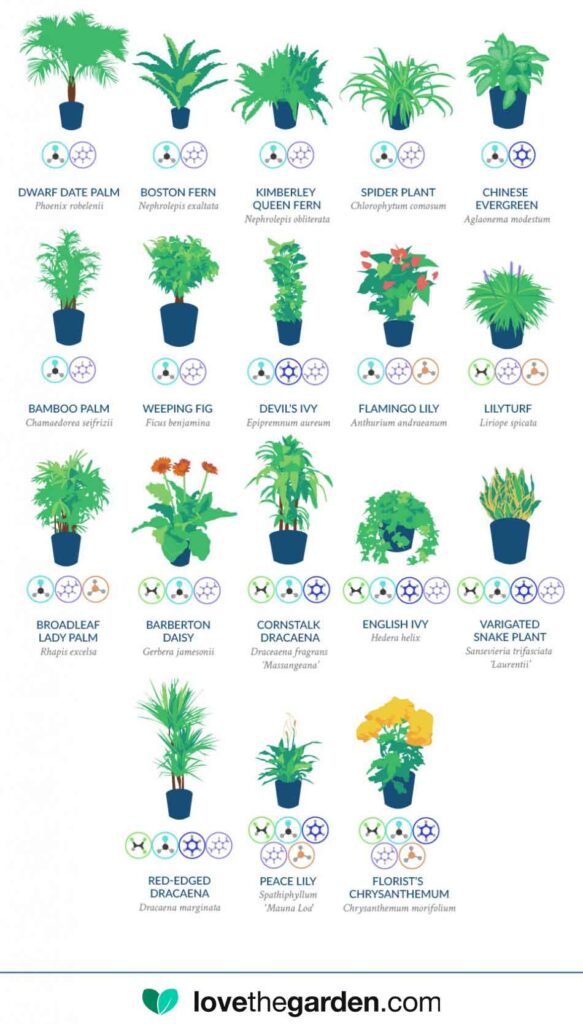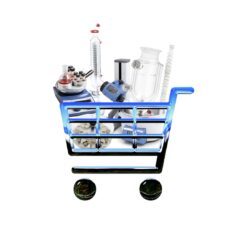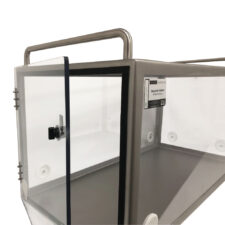Easy chemistry for your work space
We want our air quality to be as great as our lab equipment! Asynt are keen to do all we can to offer our customers the safest way of working possible as I’m sure you know; the Asynt hotplate kits with 3 separate safety circuits, DrySyn with the heat resistant handles, noise reduction cabinets and fume cabinets to name only a few but during my recent rummaging around the internet I found myself looking for ways of making the Asynt office a nicer place to be. It’s pretty great already but we can all get a little envious of the famous Google offices and all the amazing things that apparently go on there! I was looking for something real, something inexpensive, and something that would truly benefit us all.
NASA comes to our rescue
I stumbled upon an article in a gardening blog which had been written on the NASA Guide to Air-Filtering Houseplants that explained about the most effective plants for giving us better air quality for better brain power. We’re lucky at Asynt as we have beautiful offices in a gorgeous rural location but when you think that a new-build office or school has to pump in 8-12 litres of fresh air per second per person to avoid the brain, the only muscle in our body which doesn’t store oxygen, to become stifled it makes you think about the air quality around you. That period around 3pm in the afternoon when you start to nod off might not be just because you had a huge lunch…
We don’t carry out any actual chemistry on site here but we are still surrounded by chemicals in printed materials, paint, adhesives, plastics, synthetic fibres, and some of them are fairly nasty. I was shocked to see how many common articles contain formaldehyde and trichloroethylene and what the possible effects on humans could be. I am a fairly unique individual, suffering from many allergies – and olfactory induced anaphylaxis – so it’s useful to us to keep an eye on what I’m breathing in. I have been known to have an allergic reaction after opening samples of printed merchandise so I’m all for taking a simple step to giving the Asynt team better air quality.
Here are a few of the common chemicals found in our environment:
- Trichloroethylene: Symptoms associated with short term exposure include excitement, dizziness, headache, nausea and vomiting followed by drowsiness and coma.
- Formaldehyde: Symptoms associated with short term exposure include irritation to nose, mouse and throat, and in sever cases, swelling of the larynx and lungs.
- Benzene: Symptoms associated with short term exposure to include irritation to eyes, drowsiness, dizziness, increase in heart rate, headaches, confusion and in some cases can result in unconsciousness.
- Xylene: Symptoms associated with short term exposure include irritation to mouth and throat, dizziness, headache, confusion, heart problems, liver and kidney damage and come.
- Ammonia: Symptoms associated with short term exposure include eye irritation, coughing and sore throat.
What the plants we choose can help with for better air quality:
We now have some beautiful plants in our office, with the Peace Lily taking centre stage – our local garden centre only had a little one but we will take care of it until it’s a mighty thing! Hopefully this will gradually give us better air quality though.

We have re-arranged our rest areas to give all of us somewhere to put our feet up and read a book, and that in turn has given us more room in the area where we sit and eat. All of these are just small changes that make our everyday space happier and healthier. Our office dog, Petal, helps us relax too. Here she is on her 2nd birthday – we can’t imagine our offices without her!

I’m off to eat my salad and then put my feet up while I look out over the glorious fenland countryside now – I hope you found this insight interesting!
(Credit: from NASA guide to air-filtering houseplants from lovethegarden.com - all chemical images inc).







